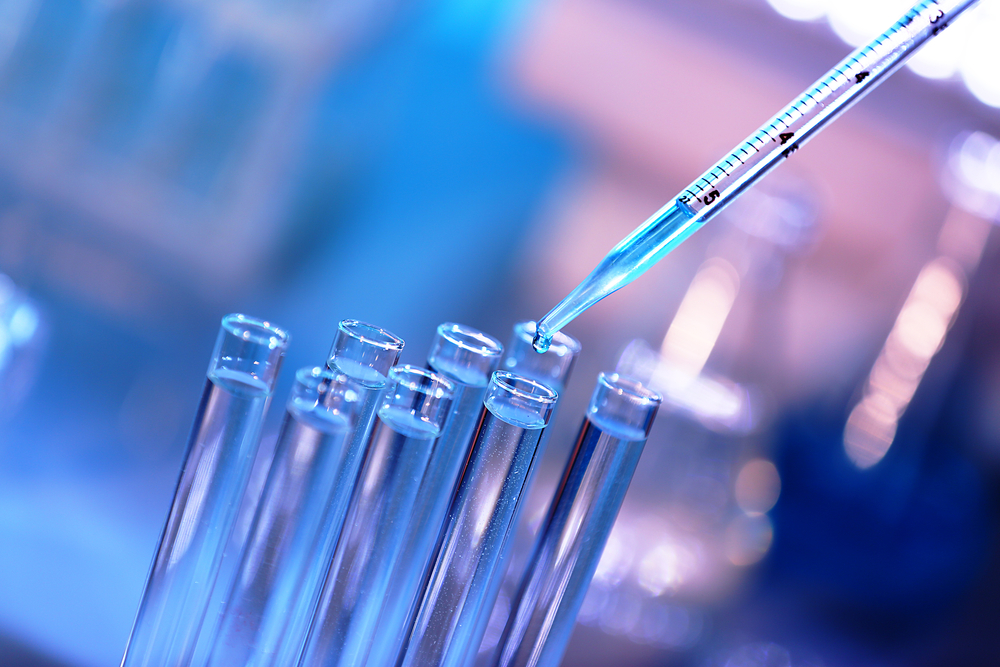The pharmaceutical glass tubing industry has seen significant growth over the past decade due to rising demand for medical packaging and drug delivery systems globally. Glass offers excellent chemical resistance, purity and strength required for various pharmaceutical applications. Let’s take a detailed look at the key aspects of this niche but highly important industry.
Market Size And Growth Projections
The global Pharmaceutical Glass Tubing market size was valued at USD 2.5 billion in 2020 and is projected to expand at a CAGR of above 7% from 2021 to 2028. Rapid rise in generic drug production across major pharma hubs like India and China coupled with increasing healthcare spending worldwide is driving higher consumption of pharmaceutical glass tubes. Most industry experts project the market demand to jump over 10% Y-o-Y through 2025with specialty tubing segments registering even higher growth rates.
Type Insights
In terms of product types, molded pharmaceutical glass makes up over 60% market share currently with Type I and Type II glass variants finding widespread application. Blown glass tubing is also gaining popularity for specialized containers and ampoules backed by its uniform wall thickness. High precision glass tubing produced through redrawn process accounts for 15-20% share and is preferred for specialized drug delivery mechanisms. The competition in the commodity Type I segment remains high compared to value added specialty glass tubing market.
Regional Market Analysis
North America commands the top position in global pharmaceutical glass tubing industry backed by strong manufacturing base of leading pharma giants. The US market alone contributes to over 35% of worldwide demand. However, Asia Pacific region is emerging as the new hub and is expected to outpace other regions owing to low cost manufacturing shifting to countries like India and China. Rapid expansion of domestic pharma sector in these key Asian economies is further propelling glass tubing consumption. Europe holds the third spot globally, though growth has slowed marginally compared to other developing pharma powers.
Key End-Use Analysis
Injectable drug containers including vials and ampoules make up nearly half of total pharmaceutical glass tubing demand globally. The ability of glass to prevent reaction between drug content and container matrix makes it irreplaceable for such critical applications. Cartridges and syringes consume around 25% of output with rapid uptake expected from pre-filled syringes segment. Other notable segments include ophthalmic applications, nasal sprays, IV bottles where glass outperforms plastic in terms of purity and impenetrability. The demand from biologics manufacturing is projected to rise at 10-12% Each year over the coming decade.
Competitive Landscape
The pharmaceutical glass tubing market remains highly fragmented with top 5-6 global players controlling around 30-35% share. Prominent manufacturers include Schott AG, Nipro Pharma, Corning Incorporated, Nippon Electric Glass, and Gerresheimer. Industry competition is intensifying on two fronts with Chinese players like Shandong Pharmaceutical Glass aggressively expanding abroad and demand for cost competitive tubing rising. At the same time, specialty glass tubing production requires huge investments and regulated quality procedures putting smaller players at a disadvantage. Future M&A activities and strategic collaborations are expected to consolidate the industry structure further.
Stringent Regulations and Quality Standards
Glass being an indirect food contact material comes under stringent regulatory purview of organizations like FDA and European EMA. Tubing meant for active drug packaging has to meet even more rigorous compliance protocols. Attributes like freedom from particulate contamination, endotoxins, delamination and consistency in wall thickness, concentricity etc are critical to ensure drug stability and sterility. Leading manufacturers have established robust quality management systems and endeavour continuous improvements to meet evolving regulatory needs. Periodic audits help them retain approvals across major pharma markets.
Sustainability Measures
With growing awareness, pharmaceutical glass companies are implementing sustainable practices across manufacturing facilities. Use of renewable energy, waste heat recovery, treatment of air emissions are some flagship green initiatives. End-of-life glass recycling especially for high volume packaging like vials presents interesting avenues. Research on designing recyclable specialized tubing is ongoing. Indirectly, glass also promotes sustainability through prevention of toxic leakage that may occur from alternative materials over time. Overall, the sector is working proactively to minimize environmental footprint of its activities.
In summary, the global pharmaceutical glass tubing industry has promising growth prospects over the medium to long term supported by upbeat demand from drug manufacturing sector. While commoditized segments will face pricing pressures, higher growth can be expected from specialty, customized glass solutions aligned with cutting-edge drug delivery formats. Established as well as emerging industry players are well equipped to tap into new opportunities through continuous innovation.
*Note:
- Source: CoherentMI, Public sources, Desk research
- We have leveraged AI tools to mine information and compile it



